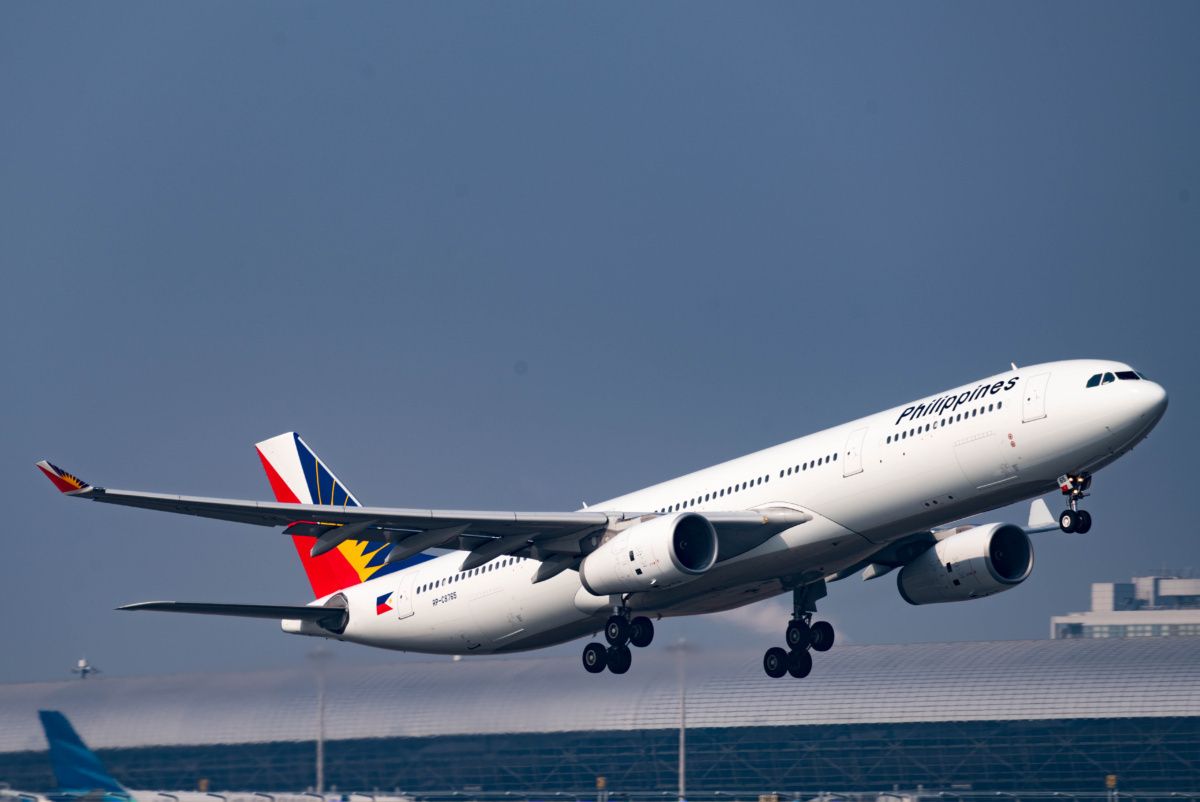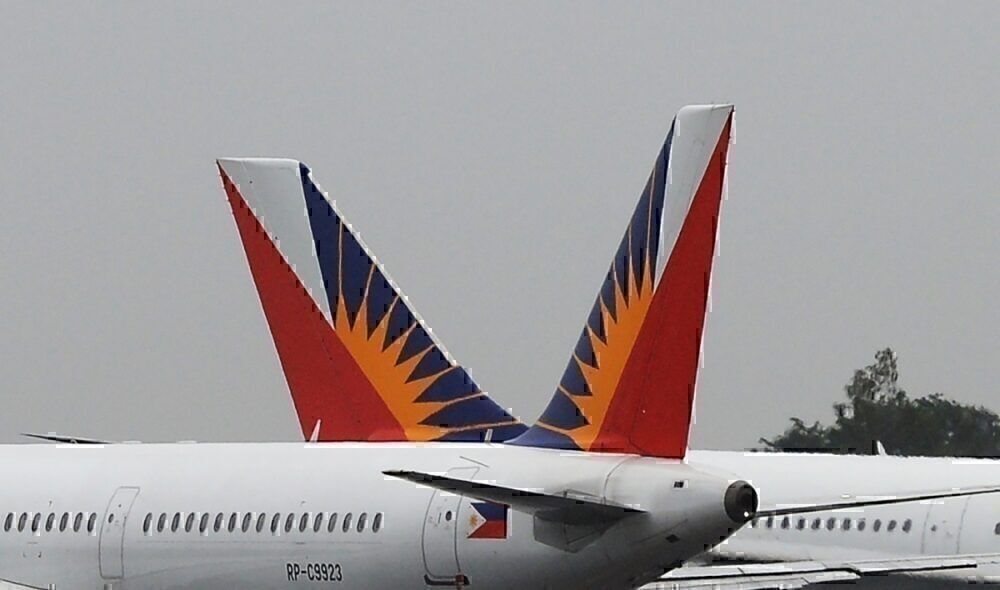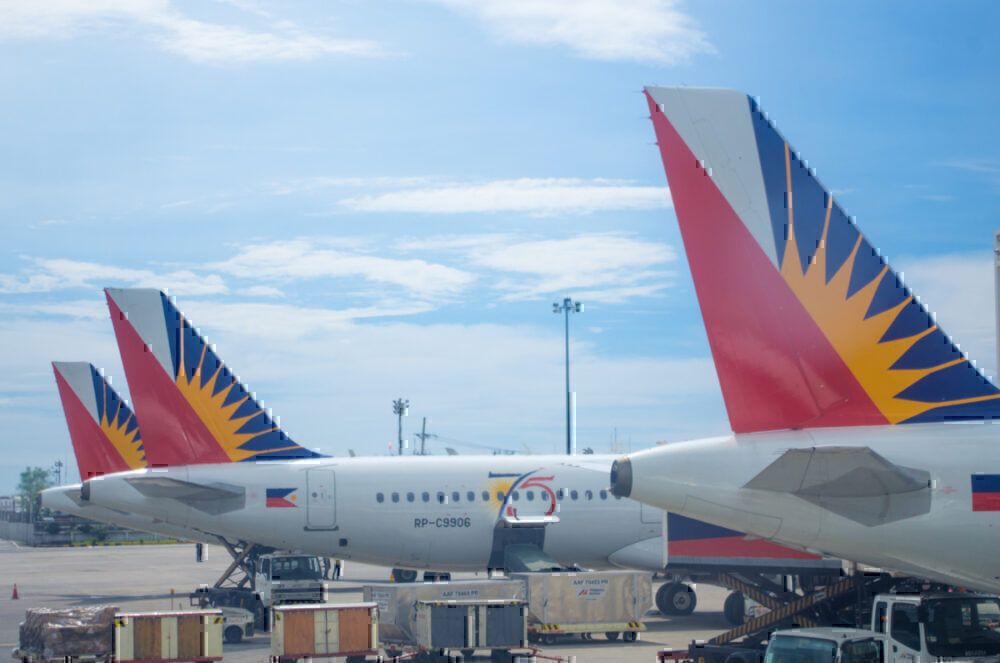Philippine Airlines (PAL) has secured a $296m cash injection from its owner and chief executive, Lucio Tan. The news comes as the airline racks up losses in the billions and considers deep cuts due to the coronavirus. Let's find out more.
Cash injection keeping the airline afloat
Philippine Airlines' $296m cash injection has come at a critical time for the airline. According to reports from the airline's President, PAL has racked up a loss of over $1bn since March, when it was forced to suspend operations. The airline had been making around $300m in revenue a month before the coronavirus, which has caused demand to disappear.
This latest capital injection comes as the airline struggles to survive without revenues. The Philippine government has not provided any bailout or incentives for airlines, leaving them to fend for themselves. The airline is now "not in immediate danger of bankruptcy", mainly thanks to this $296m cash infusion, according to airline President Gilbert Santa Maria.
This is not the first time the airline has relied on support from its Chief Executive, Lucio Tan. The billionaire businessman provided the airline with $224m in cash in 2019, as well as another $93m in the first quarter of 2020. However, this latest round of capital could be the most important, as the airline struggles to stay afloat.
Deep cuts possibly coming
As demand for travel slows down to its lowest levels in recent decades, PAL is considering a number of cuts. Philippine Airlines' President has warned that the airline could look to return 10-20% of its fleet. The fleet reduction would also mean layoffs for a number of pilots and cabin crew. No specifics were given on which aircraft are on the chopping block.
Reducing the size of its fleet will allow Philippine Airlines to reign in costs such as lease payments, parking fees, and more. However, doing so will leave the airline less valuable and unable to scale up if demand returns in the near future. The airline was recently forced to delay its new Perth route because of travel restrictions and low demand. None of these plans are set in stone, and we will find out more in the coming months as the industry slowly returns.
Overall
Philippine Airlines' latest cash infusion may not be it's last, as the airline expects a turbulent year ahead. This stands in stark contrast to 2019, where the airline recorded strong operating profits and revenue growth. PAL was also looking to expand further into the US using its fleet of A350s, a move that triggered a dispute with United. However, all of these plans will be on hold, as the airline hopes to survive this downturn.
Philippine Airlines will resume operations on June 1, nearly three months after the flight suspension. The airline will fly 5-10% of its international schedule along with 20-30% of its domestic schedule in June and July.
What do you think about PAL's latest bailout? Will the airline reduce its fleet size? Let us know in the comments below.



